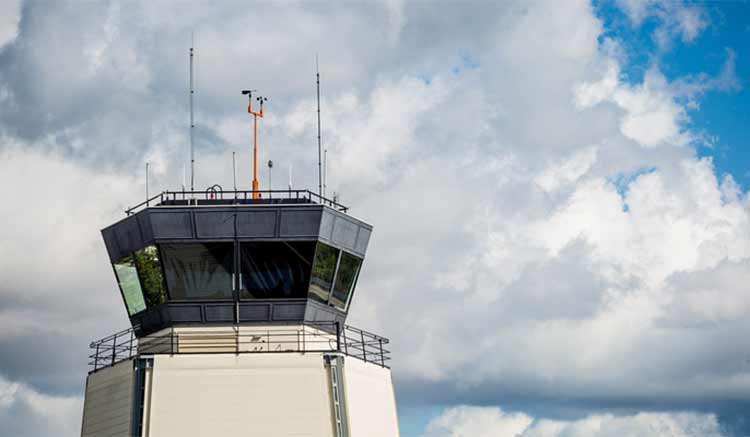
Set to close in 2028, the Santa Monica Airport provides life-saving disaster assistance during natural disasters such as fires, tsunamis or earthquakes. City of Santa Monica
With four fires raging around the Los Angeles area this week, fueled by dry conditions, strong Santa Ana winds, and tall grass and bushes that sprouted from heavy rains from last winter, the importance of communication and coordination for aerial support was brought to light. This is one of many critical emergency response efforts that local airports provide to their communities.
Air traffic controllers from the Santa Monica Municipal Airport (SMO) provided support to aircraft fighting what was named the Skirball Fire in the Sepulveda Pass, northeast of Santa Monica, where the fire quickly spread among multi-million dollar homes. The Santa Monica Airport Association (SMAA) reported that water dropping helicopters, L.A. Police Department helicopters and news-gathering helicopters swarmed near the fire and SMO’s tower controllers helped coordinate them and keep them safe.
The 100-year-old airport is slated for closure at the end of 2028 after the City of Santa Monica made a deal with the FAA earlier this year to allow for a closure that city councilmen have been fighting for for decades. Ironically, the airport is designated as a Critical and Essential Facility by the city's All Hazards Mitigation Plan, put out by the City of Santa Monica Office of Emergency Management.
SMO is the city’s only airport. During natural disasters such as fires, tsunamis or earthquakes, the airport provides a life saving disaster-response asset for which the city at this point has no replacement.

Subscribe to Our Newsletter
Get the latest FLYING stories delivered directly to your inbox






